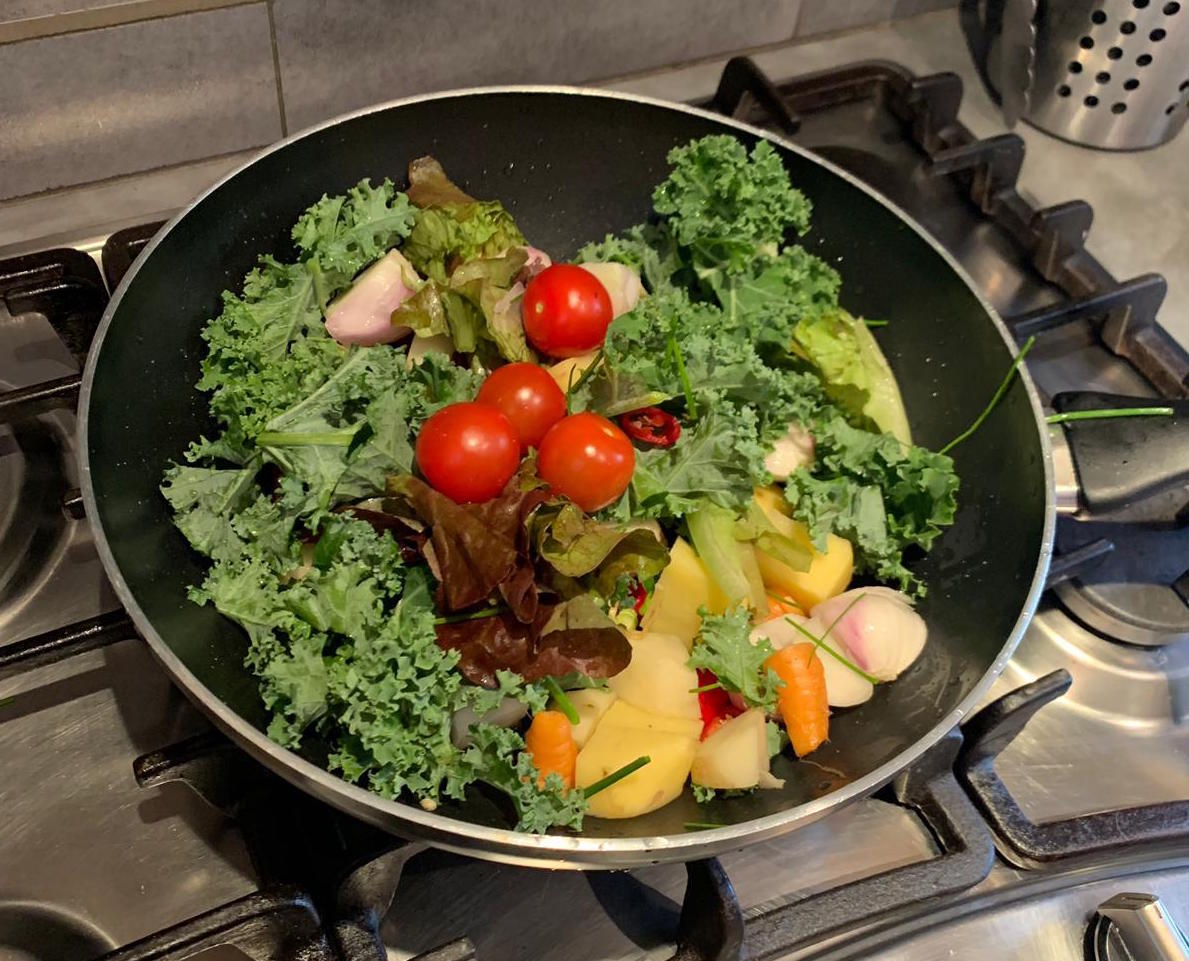
We really hope you’ve enjoyed the DigYourOwnaForCorona journey we’ve been on, over the last fortnight! From digging a veg bed to melons and herbs, it feels like we’ve cantered through a great many topics in a short space of time. Today, I want to talk about a few more general topics that can help growing-your-own an easier and more rewarding experience.
1. Looking after your growing space
A. Absolutely the first thing to say here, is that there is NO substitute for vigilance. There hasn’t been a gardener yet born who hasn’t had to contend with problems and setbacks in horticulture at some point – slugs and snails, perhaps, or aphids, blackspot, rust, vine weevil, mildew, pigeons, rabbits, caterpillars…………..the list is endless.

Thirty years ago, the gardening world responded to all these attacks by zapping them with a regiment of chemicals, which we now acknowledge was doing untold harm to the environment and the food chain. We are, I hope, a great deal more circumspect about using this terrible chemical armoury, but it means that we need to be ‘on it’ much more quickly if we are save our crops by gentler means (e.g. jets of water to wash off aphids rather than insecticide, coffee grounds and grit to deter slugs rather than metaldehyde pellets, etc.)
The line goes: “The shadow of the gardener is the best fertiliser” – if you are checking your plants every day, you will see when there’s a caterpillar hole or two in the leaves, or that there’s a black stain which could be the start of a fungal disease, a dandelion overwhelming your beetroot seedlings or a small cluster of black-fly on the broad beans…and you will be able to do something about it, before the problem becomes much worse.
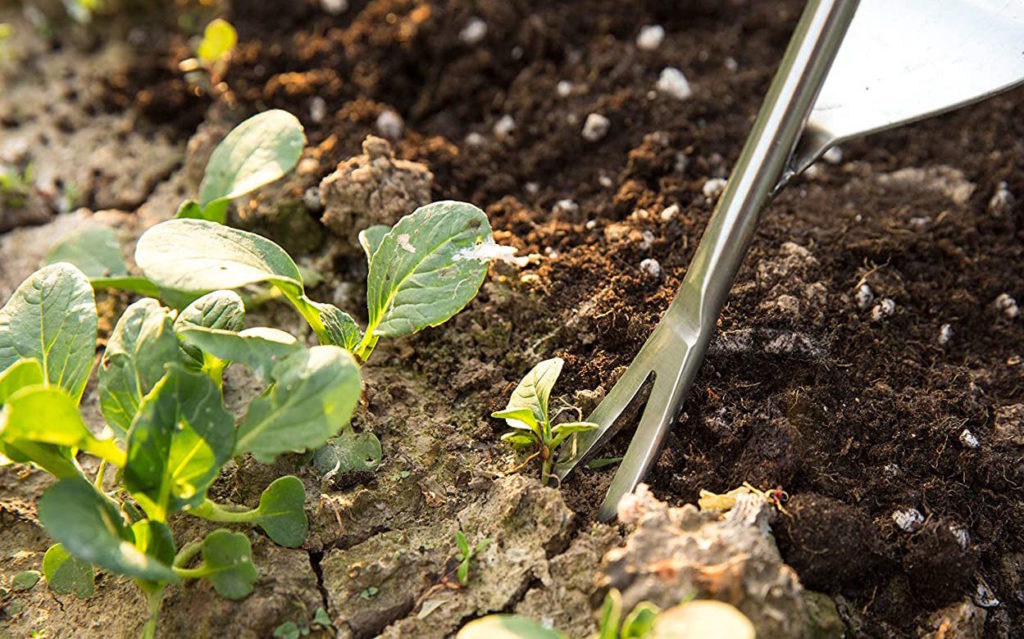
This vigilance includes watering when and how your plants need you to. Which is especially important for plants grown in containers, grow-bags, etc. Some smaller pots and hanging baskets are likely to need watering every day in dry weather. In the veg plot, watering deeply (at the roots, not on the leaves) 2-3 times a week, is far better than a small trickle each day, which encourages roots up to the surface of the soil where they are more likely to fry in hot weather. Water in the early morning or early evening for preference, to lessen the threat of evaporation.
So check your plants all the time – they’re relying on you to help them ‘fulfil their potential’ – and tending to them will be so beneficial for your mental well-being too!
B. Protect the precious soil. If you’re growing crops in the ground, try to organise it so that you don’t have to walk on the soil, but along paths between the rows of plants, raised beds etc. This protects the structure of the soil, particularly in wet weather. If you do have to walk on the bed, walk on a wooden plank if that’s possible, to spread your weight more evenly.
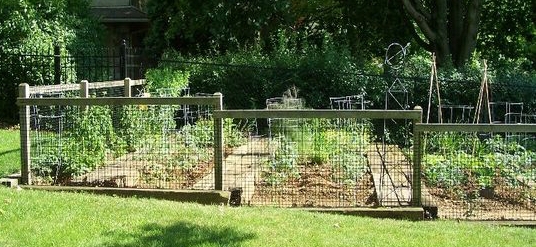
C. Stay on the top of the weeding – they’re going to enjoy all this pampering as much as your plants are, so little and often is the best way, and above all, don’t let them flower and set seed – ‘One year’s seeding, seven years weeding’ is how the old adage goes………
D. Label your plants – you always think that you’re going to remember what you planted where…….but you won’t. In particular, always label a row of seeds you’ve sown – I daresay I’m not the first gardener who has cheerfully sown a couple of rows of lettuces on the very spot that I sowed some chard the week before! The birds rather like pecking out the little labels, by the way, so keep checking they’re still in place.
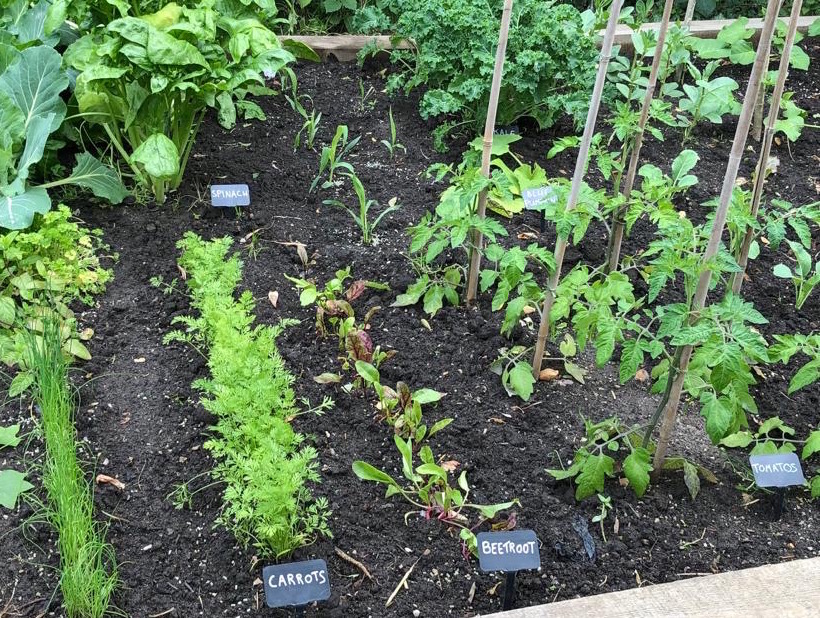
2. Dealing with seedlings
Throughout these blogs, we’ve been mentioning ways to sow seeds and how to deal with them afterwards. It is just worth reminding everyone of a few basic general principles:
- They germinate at different times – might seem obvious, but I’m just saying not to give up on them too soon. It is always worth sowing a few more a little bit later, if you’re worried they’re not going to come up.
- Never sow your seed thickly – it makes for weakened seedlings and a lot of wastage.
- A sunny windowsill will work for most seeds that have to be started inside. A propagator, a sheet of glass or a plastic bag fixed over the pot and taken off every so often to allow aeration, will help seeds that require a bit more warmth.
- ‘Prick out’ the seedlings from the seed tray into their own modules as soon as you can loosen the roots and lift them safely by their leaves without touching their delicate stems.
- Always ‘thin’ seedlings to the recommended distance apart, or the crowding and competition for nutrients will result in a much-inferior crop for you.
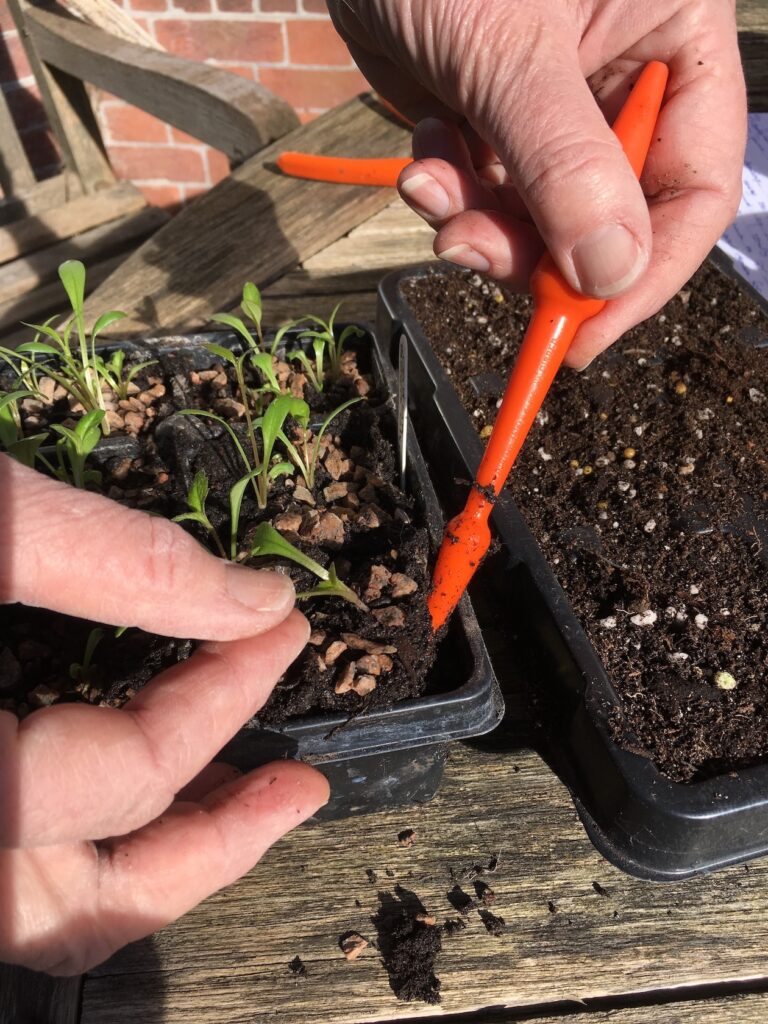
3. Companion Planting
This is a technique that involves growing plants together to help reduce pest attack, improve pollination, providing extra nutrients, or support etc. It is a centuries old idea, with a lot of vociferous supporters. I gave it a go last year, by growing French marigolds and having pots of mint in my greenhouse whose scent is supposed to deter whitefly.
The idea is to rub your hands across them from time to time to release the aroma. All I know is that I didn’t get a single whitefly in the greenhouse….. Mint is also reputed to be great for confusing pests that are after carrots, alliums and brassicas….but always have it in a pot….don’t let it loose in your veg pot or patch, or that’s all you’ll have growing there inside a couple of weeks!
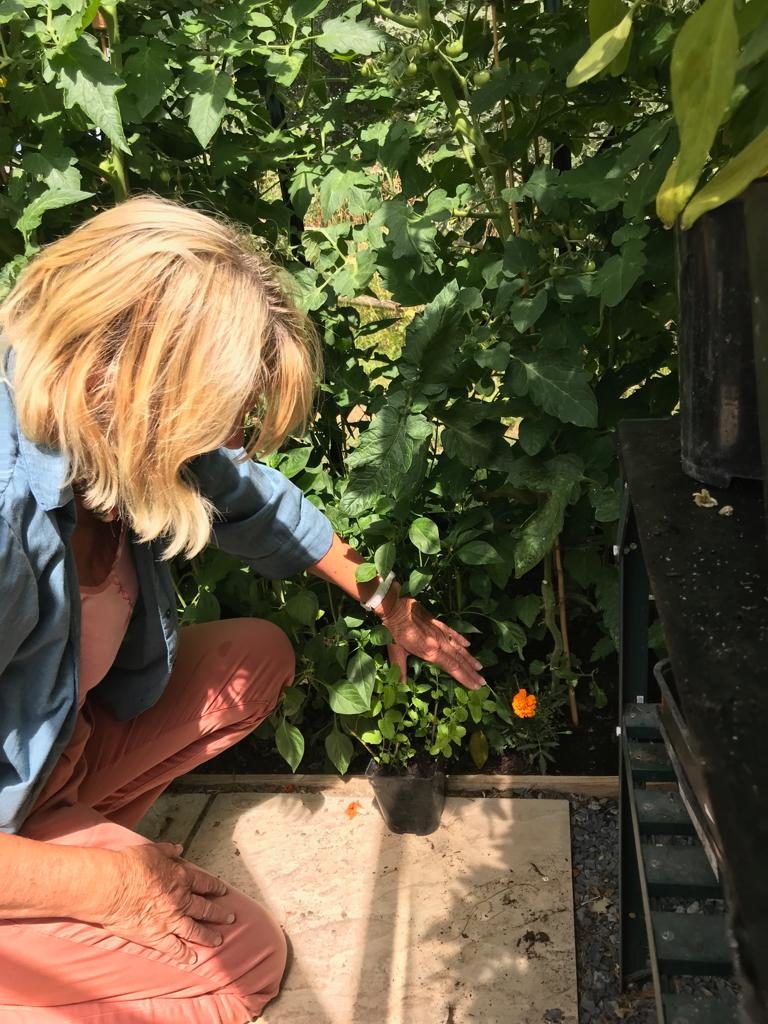
Lots of ‘Companion Plants’ look lovely among your veg crops, as well as being beneficial – lavender will attract pollinators AND deter aphids among carrots and leeks. Marigolds will do the same double-duty, as will sage. In fact, most herbs have the ability to be handy in the veg plot in this way – rosemary, parsley and thyme can all make a difference. Borage will attract pollinators, and the edible flowers are beautiful in your glass of Pimms (that’s got my sister Caroline’s attention!). Nasturtiums will lure blackfly from the broad beans, and their peppery leaves, flowers and seeds are delicious in a crisp salad.
Companion planting may not solve all your veg-growing problems, but it should at the very least make your plot, pots, planters and window-boxes look very pretty……..
4.Cut flowers
Loosely related to the last topic is the idea of growing flowers along with your veg as a ‘crop’ – specifically cultivating them for the purpose of cutting them for indoor decoration.
Sweetpeas in pots or on large wigwams made of canes, rows of gladioli that can look awkward in the flower borders but are fabulous in a vase, or sunflowers, or lilies, or tulips….. I often find it very mean to raid the flower garden display just to pick blooms for the house, but if you grow these as you would grow a crop for eating, you don’t feel half so bad about it.

NB: If you’re new to The3Growbags, we are three sisters (Laura, Caroline and me, Elaine) who write about gardening once a week and enjoy a good laugh.
You can see all 14 steps to creating a veg patch here. Our regular gardening blog now includes a veg-growing section. We’d love you to join us by entering your email address here. We’ll email you every Saturday.
